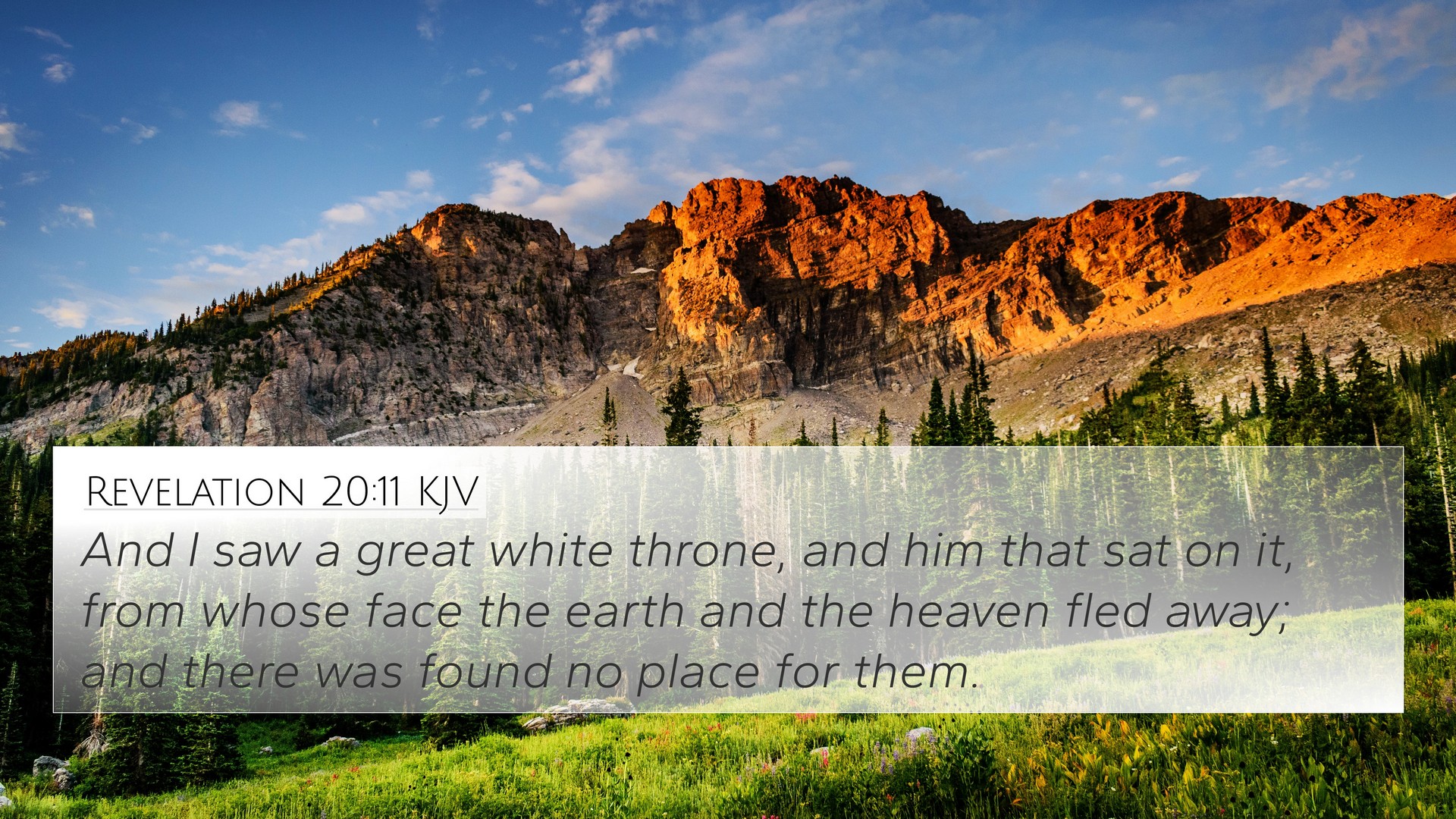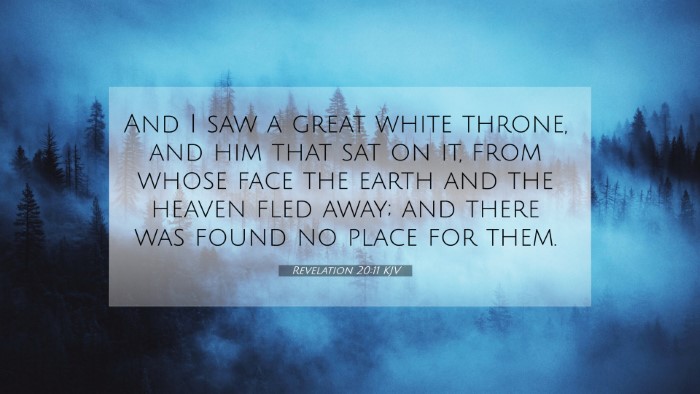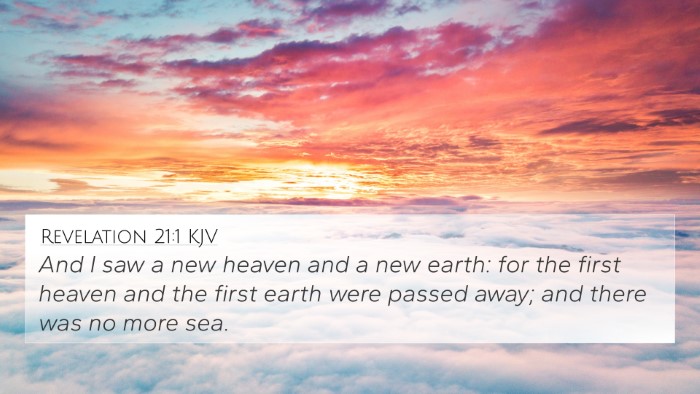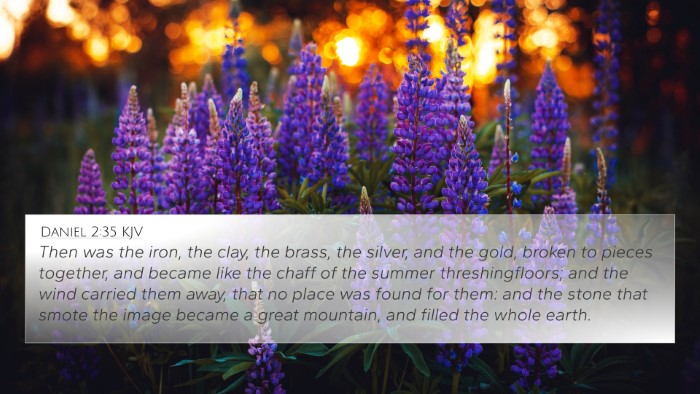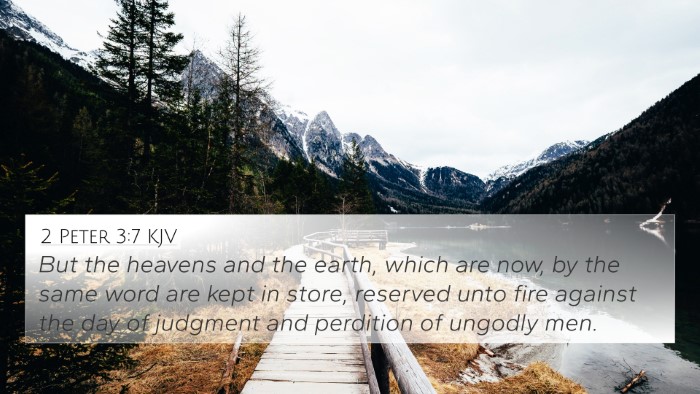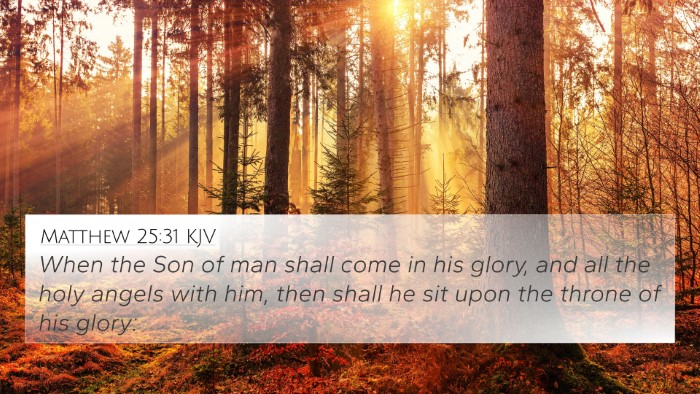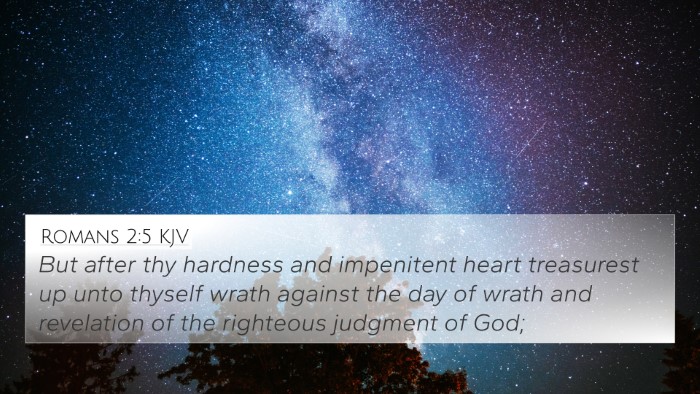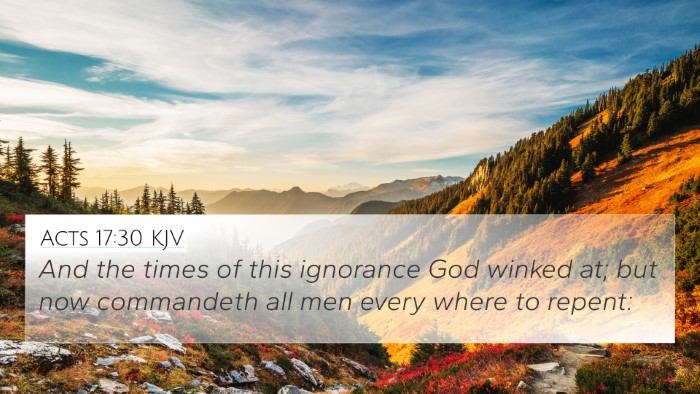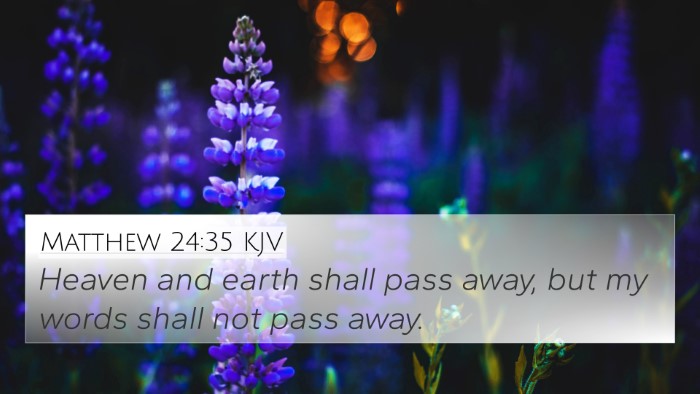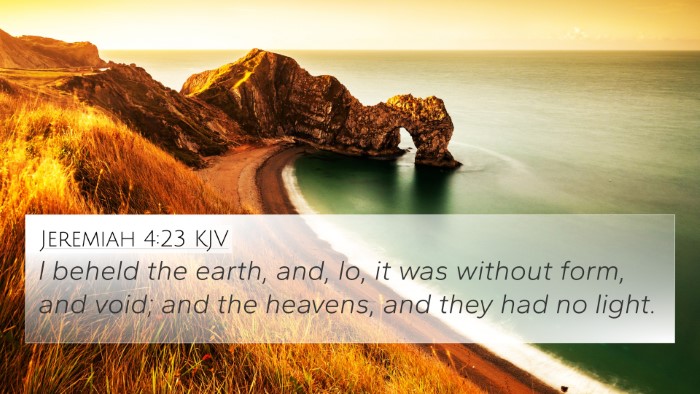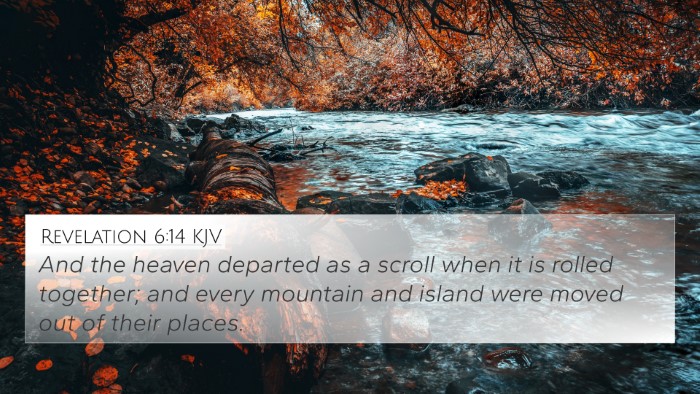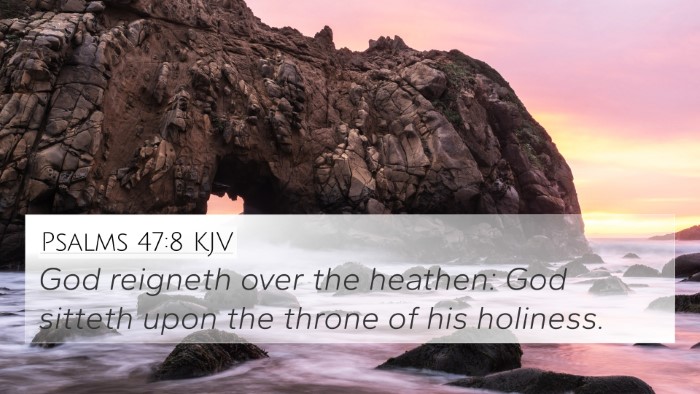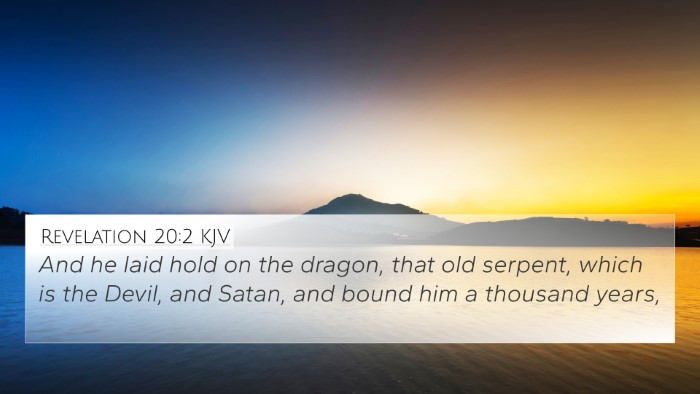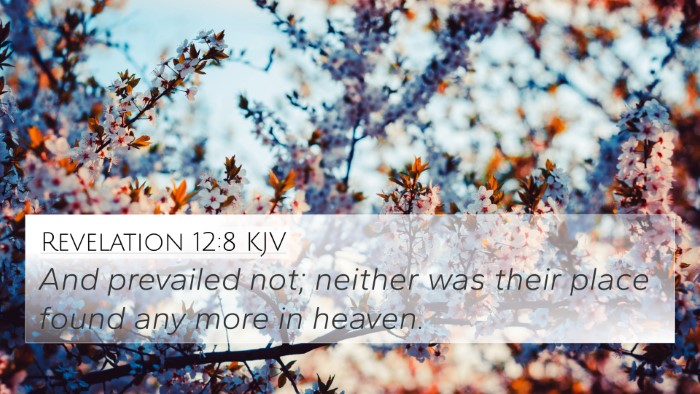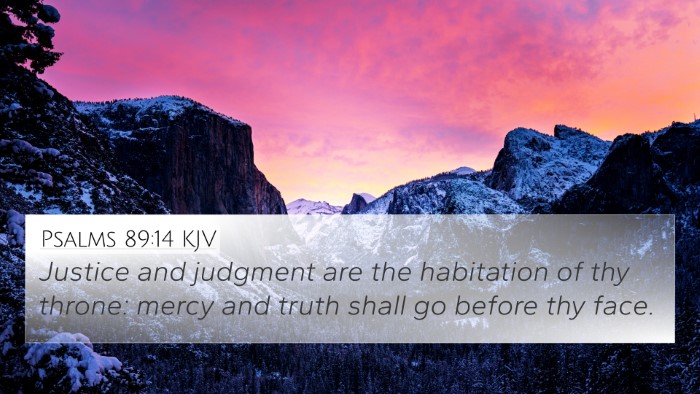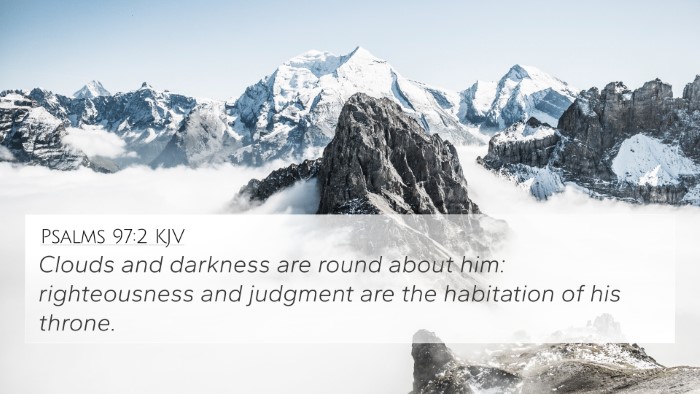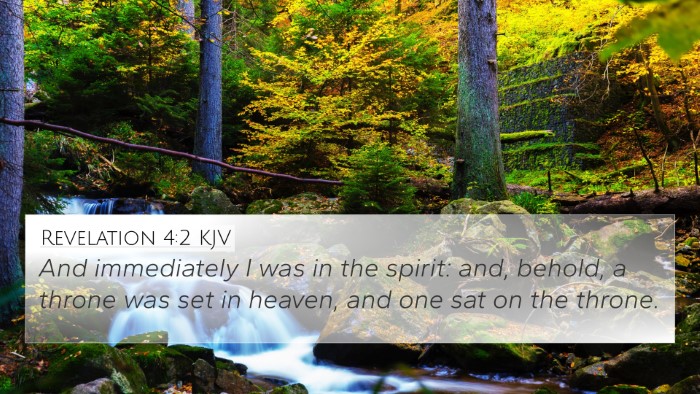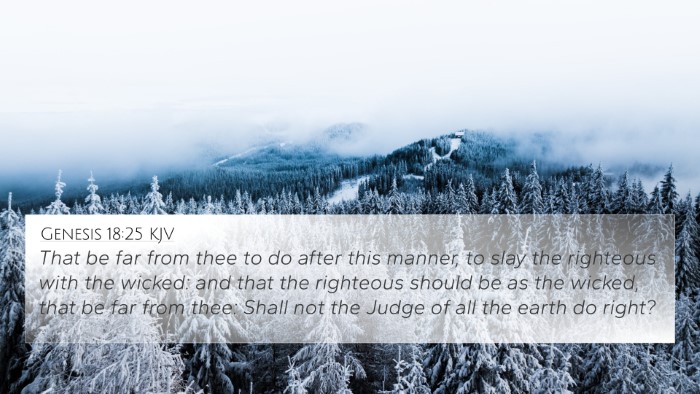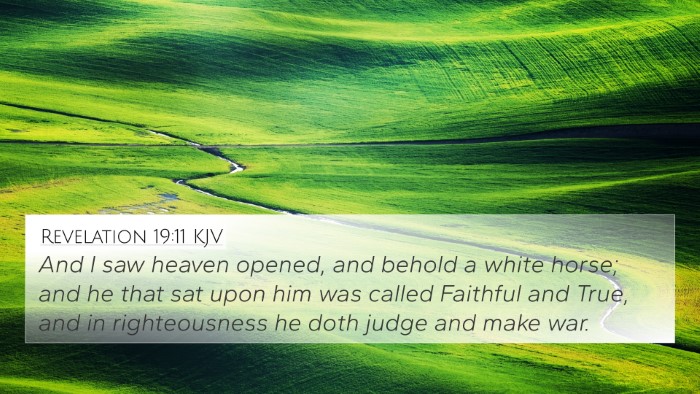Understanding Revelation 20:11
Revelation 20:11 states: "And I saw a great white throne, and Him who sat on it, from whose face the earth and the heaven fled away; and there was found no place for them."
This verse presents a profound moment in eschatology, revealing the final judgment and the authority of Christ. Below we explore its meaning by incorporating insights from notable public domain commentaries like Matthew Henry, Albert Barnes, and Adam Clarke.
Verse Meaning and Interpretation
In Revelation 20:11, John describes a vision of a "great white throne," representing the majesty and purity of God's judgment. This judgment is portrayed as inevitable, with all of creation having to flee from His presence. Let’s delve into the key components of this verse:
1. The Great White Throne
Symbolism of the Throne: The throne symbolizes divine authority. Matthew Henry notes that the brightness of the throne signifies righteousness, where God will exercise justice impartially against sin. The "white" color represents the truth and holiness of God.
2. Him Who Sat on It
Divine Judgment: The identity of the one sitting on the throne is significant. Albert Barnes explains that this figure is God, likely represented as Jesus Christ, underscoring His supreme authority to judge the living and the dead. This highlights the theme of accountability in Christian theology.
3. The Escape of Heaven and Earth
Cosmic Response: The imagery of heaven and earth fleeing from His presence speaks to the overwhelming power of God. Adam Clarke comments that this signifies the end of the current order of things, as creation itself cannot withstand the holiness of God’s presence.
4. The Absence of Place
Judgment's Finality: The fact that "there was found no place for them" emphasizes the unescapable judgment awaiting all of creation. According to Matthew Henry, this indicates that once judgment is proclaimed, there will be no refuge or hiding place for sin and the sinner.
Bible Cross-References
This verse connects with several other scriptures, giving a fuller understanding of its implications:
- Matthew 25:31-32: Describes the Son of Man coming in glory to judge the nations.
- 2 Corinthians 5:10: Speaks about all appearing before the judgment seat of Christ.
- Romans 14:10: States that we will all stand before God’s judgment throne.
- Hebrews 9:27: Affirms that it is appointed for men to die once, and after that comes judgment.
- Isaiah 66:22: Highlights the permanence of God’s new creation.
- Revelation 21:1: Details the creation of a new heaven and new earth.
- Psalm 96:13: Proclaims the coming judgment of the Lord upon the earth.
- Daniel 7:9-10: Portrays a vision of judgment with thrones set up and the Ancient of Days taking His seat.
- John 5:22: States that the Father judges no man but has committed all judgment to the Son.
Thematic Connections
Revelation 20:11 engages in an intricate dialogue with various biblical themes, creating a rich tapestry of understanding:
- Judgment and Accountability: A pervasive theme in both the Old and New Testament, this verse echoes the call for humanity to prepare for divine judgment.
- Creation and New Creation: The fleeing of heaven and earth indicates the transformation that will take place, paralleling themes in 2 Peter 3:10-13 about the destruction and recreation of the world.
- Holiness of God: This verse serves as a reminder of the sovereign holiness of God, an idea present throughout scripture, calling us to a deeper reverence.
Conclusion
In summary, Revelation 20:11 encapsulates key theological insights about God's ultimate judgment and authority. By exploring cross-referenced verses, one can see the broader narrative of Scripture on judgment, accountability, and the sanctity of God’s presence. For those seeking a deeper understanding of this verse, tools for Bible cross-referencing, like a Bible concordance or a cross-reference Bible study guide, can significantly enhance one’s study of the Scriptures.
As one engages in comparative Bible verse analysis, they will find rich thematic connections and parallels throughout the biblical text, revealing the layers of meaning present in Revelation 20:11.
